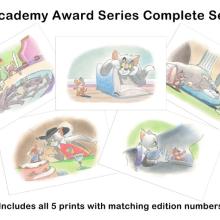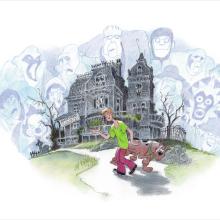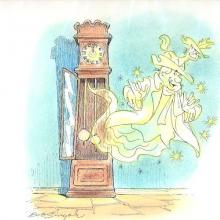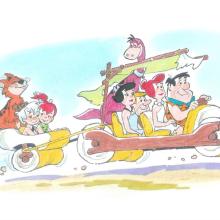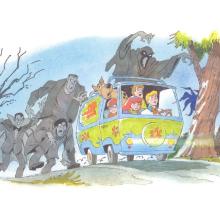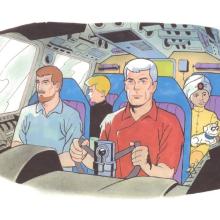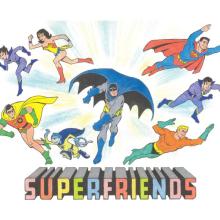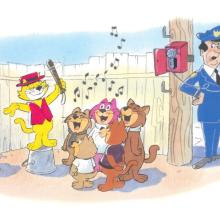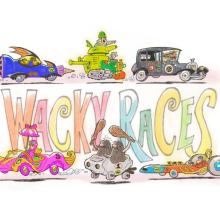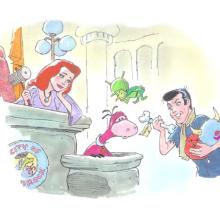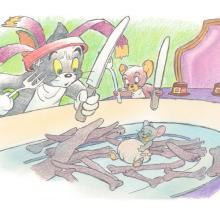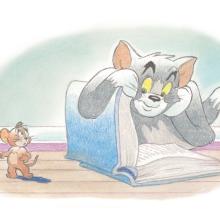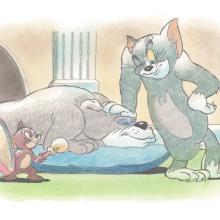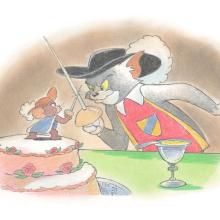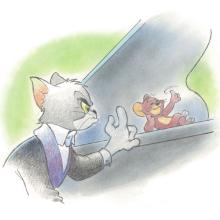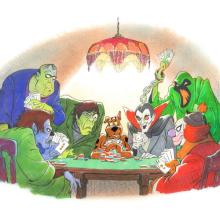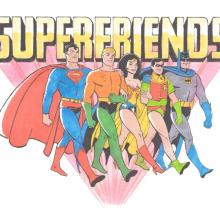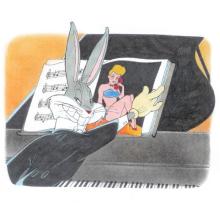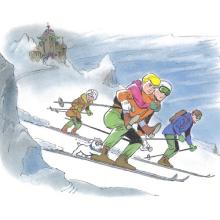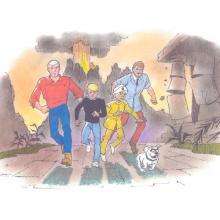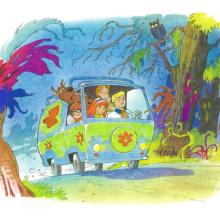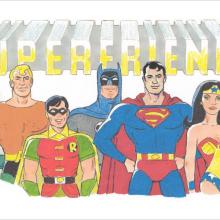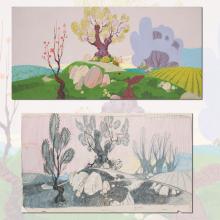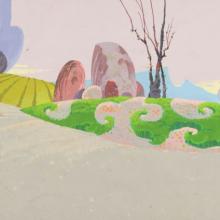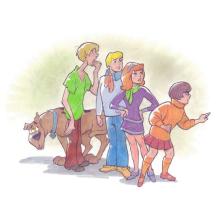Bob Singer was born in Santa Barbara, California and spent his early years in nearby Santa Paula, California. He attended the Art Center School in Los Angeles, majoring in advertising illustration and graduating in 1954 with honors and BPA degree.
After a year with Carson/Roberts advertising agency, Bob entered the animation industry in 1956, working for such studios as Shamus Culhane, Warner Bros., U.P.A. Pictures, Hanna-Barbera, and Marvel. During his career at Warner’s, he painted backgrounds for various Bugs Bunny and Daffy Duck cartoons and completed storyboards for a series of four hour-long science-oriented films. At U.P.A. Pictures Bob worked on numerous Mr. Magoo TV shows and was art director on the feature-length film “Gay Purree.” Over at Hanna-Barbera, where he spent twenty-seven years, Bob served as layout supervisor on “Charlotte’s Web” and on many of the studio’s television shows, including “Scooby Doo,” “Space Ghost,” “Superfriends,” “Josie and the Pussycats,” and Wacky Racers.” He founded the Character Design Dept. and eventually became art director of publicity and advertising.
During this period Bob began to teach classes in Layout, Character Design, and Storyboard and was a guest lecturer at U.S.C. and several local high school and elementary schools.
After leaving Hanna-Barbera in 1966 Bob worked for Marvel Productions and Sepp/Inter, where he acted as associate producer on the ‘Snorks.” In 1988 Bob established his own company, Singer/Bandy Group and for the next two years designed greeting cards, cassette covers, coloring books , plush dolls, picture puzzles and illustrated nine storybooks.
In 1990, he returned to Hanna- Barbera as a storyboard director and designer of animation cel art, finally retiring in 1993. For several years Bob did guest appearances at various Warner Bros. Stores around the world, U.S., Hawaii and Australia lecturing and demonstrating his storyboard technique and helping to sell limited editions that he designed, now numbering over 30.
Bob has been a member of the Motion Picture Academy since 1964. In 1992 he wrote a book called “How To Do Animation Storyboards.” He continues designing occasionally for the industry and lecturing for art schools.
